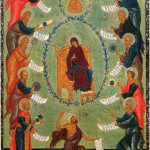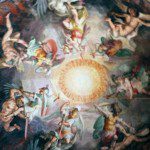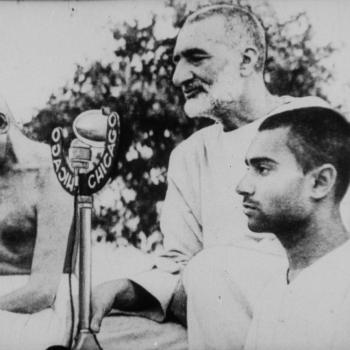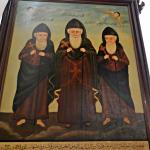5. The Romans
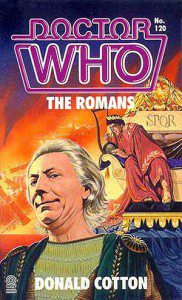
While The Romans is a First Doctor historical story, and sometimes the historical stories are not so exciting and do not connect with the audience as well as the science fiction stories, this one works because it was written as a very enjoyable historical romp. And yet, despite its comic nature, the story itself is quite dark, containing complex and rather sinister events which, if it were not for the comic nature of the story, might be overpowering for young viewers.
The Doctor, his new companion Vicki (just picked up in the previous story), and the school teachers Ian and Barbara land in Rome during the time of Nero. The Doctor and Vicki become separated from Ian and Barbara: the Doctor is mistaken for a famous musician who is involved in a plot to kill Nero, while Ian and Barbara are captured by slavers, with Barbara eventually sold off to be a slave to serve the lusts of Nero while Ian, after escaping, tries to find a way to rescue Barbara.
The comedic elements in the story are often works of genius. The Doctor, who is not a skilled musician, decides to play along with the role he is given following the strategy of “The Emperor’s New Clothes.” He pretends to play music, but before he does so, he says that only those who are properly attuned with expertise in music will hear his subtle melodies; no one, not even Nero, wants to act like they cannot appreciate what he plays and seem to be foolish by their inability to hear the music, and so they all give great applause to the Doctor once he is done finishing his pretense of playing a song o a lyre. Barbara, on the other hand, suffers a more grim fate as Nero chases after her, but the story gives us comic elements by the way she keeps Nero at bay, until the end, when she is reunited with Ian and is able to escape Rome and return to the TARDIS.
Now some might ask, how is this a religious story? Why do I put it in my list of top ten religious themed stories? In some ways, to be sure, other stories would fit this list better, stories which I have neglected, like The God Complex. And yet, there is something about this story which resonates with me because it feels as if the Christian faith is involved, as the background behind the story itself. The Doctor, Vicki, Ian and Barbara all come in contact with a Christian who seeks to help them all, in their differing story elements, and he serves to represent a moral core to the tale. And this is what makes the story a major religious story; religion is not just about the doctrines but also how the believers practice their faith in various societies, including, and especially ones hostile to them, as Nero was to the Christians in the first century. By seeing how people live and act in such hostility gives us another way to understand religion and how it affects people, not only in their private life, but in the way they engage public affairs.
This background also gives the story a major foundation for how it ends: with the fire of Rome. Christians were given the blame for the fire by Nero, but of course, that is usually believed to be a false accusation; in The Romans, we are given a humorous way in which the fire is shown to have started:
The Romans, it has been said, started as a parody of Quo Vidas, which also explains why Christian themes are an important undercurrent to the story itself. It is not necessarily the strongest, nor deepest presentation of Christianity on television nor in Doctor Who history, but it is able to give a positive role to Christians in the era of Nero. It is able to do so in a rather engaging story which, unlike most Biblical epics, does not seem like it is preaching to the viewers. As a religious theme, we can consider this story a demonstration of orthopraxis in the midst of political insanity. The social role of the early Christians, and so the social role of people in new religious faiths, is often forgotten, but here there is room made for it, giving the story depth and credibility, making it one of the most intriguing historical stories in the series.


